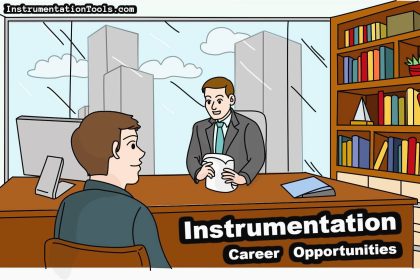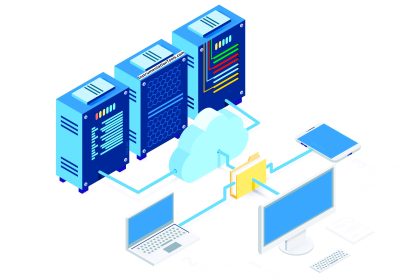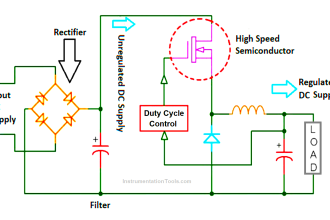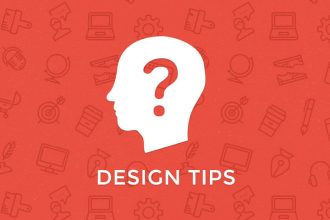Sheet metal fabrication is a manufacturing that is so versatile that it is adopted across the globe by machine shops. You can see it in the growth of the metal fabrication industry.
The global metal fabrication market i.e. valued at USD 16.35 billion in 2015. It will grow at a rate of 3% annually, reaching USD 21.38 billion by 2024. Sheet metal fabrication gets by plenty of industries such as aerospace, medical, and consumer electronics.
In this article, we will cover the design and manufacturing of sheet metal fabrication.
What do you mean by sheet metal fabrication?
Sheet metal fabrication means forming flat metal sheets into the desired parts and products by cutting, assembling, bending, and folding.
Several materials can get used for various sheet metal fabrication processes. It includes:
- Steel
- Aluminum
- Copper
- Zinc
For the production of sheet metal parts, professional metal fabricators use plenty of techniques during the design phase to determine the product specifications.

Design Tips for Sheet Metal Fabrication
The following tips are based on the standard design and are necessary for the design of sheet metal components to occur efficiently.
Do remember to follow the points before designing the metal fabrication parts.
- Hole size
In sheet metal design, ensure that holes in the structure have a diameter equal to the thickness of the sheet material.
Following this sheet metal design tip means there are low chances of the tool breaking or becoming damaged. So, using constant hole size diameters across a given part can increase the production process as fewer tool changes are required.
The holes should get placed away from the curls & not placed closer than six times the material thickness.
- Bend radius
While designing the sheet metal part, a tip to consider is that the smaller the bend radius, the more strain it will create for the workpiece. As a thumb rule, the inside radius should be the same as the sheet metal thickness.
- Hems
In sheet metal fabrication, the hems create safe edges on products by folding the edge of the metal sheet onto itself.
Avoiding flat hems is the key to keep in mind while designing sheet metal parts. Instead, you can use tear-dropped hem as they have less risk for fracture.
While designing, open hems maintain the inside diameter equal to the thickness of the sheet metal. The hem’s length should be at least four times the thickness measurement.
- Tight tolerances
Another tip to keep in mind while using sheet metal design techniques is to limit the use of tight tolerances.
Many machine shops build prototypes with unnecessary tight tolerances that can cause trouble. And the tighter call-outs you include in your design will make it more expensive. Therefore, it is better to use features necessary for your design.
- Folds
The more complicated your design, the higher the cost. You have to simplify the angles you ease in your bends.
The ideal metal sheet bends have a radius equal to or greater than the thickness you use. Small bends present on thick parts are less accurate than on thin parts. So, avoiding the small bends is the way to go.
Surface Finishing Options
- Thermal cutting
Laser cutting is one of the ideal options for metal fabrication. It is a quick and precise method that guarantees good results.
With thicker materials, plasma cutting is preferable because it is quick and takes less time. The cutting quality favors laser cutting. So it is better to use laser cutting services if you want sheet metal fabrication parts.
- Punching
Punching is another way of cutting holes into the sheet. In this process, the metal punch hits the sheet penetrating it.
It is best suitable for large-scale production but not for small jobs where the volume production of the parts is short.
- Bending
Bending is one of the sheet metal fabrication processes. It is also known as press braking, flanging, and folding.
The process is suitable to deform the material into an angular shape.
Here are some of the popular ways of bending:
- V-bending
- U-bending
- Step bending
- Roll bending
- Powder coating
During powder coating, the electrostatic powder gets applied to a charged metal component. It is the ideal surface treatment method with no special requirements like acidic environments.
Applications of Sheet Metal Fabrication
- Aerospace
Components present in the aerospace industry require utmost precision and tolerances. Sheet metal fabrication allows you to create lightweight and aerospace-ready components.
Sheet metal fabrication is the low-cost option necessary when producing large volumes of parts.
- Automotive
Sheet metal parts are ideal for automobile designs. It is true because of sheet metal forming capabilities and how one can make solid frames from thin sheets of metal.
Automotive components created with sheet metal fabrication are hood, roof, fender, and side panels.
- Healthcare
The healthcare sector has plenty of constraints when selecting materials. Medical tools require high accuracy and quality as sheet metal can help to identify design flaws.
Most metal fabrication processes are now automated to reduce human error while improving accuracy.
- Electronics
Several sheet metal fabrication applications are present in the electronics industry.
Sheet metal fabrication is ideal for prototyping electronic components like computers, cell phones, tablets, etc.
Tips to Reduce Sheet Metal Fabrication Costs
It makes sense to choose a design that is simple wherever possible. This section cover tips to reduce metal fabrication costs.
- Using a standard sheet gauge
Standard sheet size and gauge are ideal for a great design. Using standard gauges can help in a better way as they are readily available.
Therefore, choosing metal grades according to the market conditions will reduce the costs.
- Avoid any complicated design elements.
Although complex designs provide aesthetic value, they are tough to achieve. Therefore, the designs should have simple bends that should follow the design.
Another ideal way to reduce metal fabrication costs is by keeping the bend in a steady position.
- Use tight tolerances.
Every zero-added tolerance will increase the cost of manufacturing. Tighter tolerances are difficult to manufacture as it requires tooling, and increase metal fabrication costs.
- Choose the ideal tolerances.
Selecting the ideal tolerances for production is best for reducing the cost of fabrication. You can choose low-cost materials such as low-carbon steel.
For example, you can choose aluminum over stainless steel as it can offer similar properties, therefore is a better choice. If your component is in a hostel area you can select pre-plated metals.
Conclusion
Sheet metal is an excellent choice for manufacturing applications. We discussed sheet metal fabrication in-depth. Understanding the various processes, basic design guidelines, materials, and finishes involved in sheet metal fabrication is critical.
















